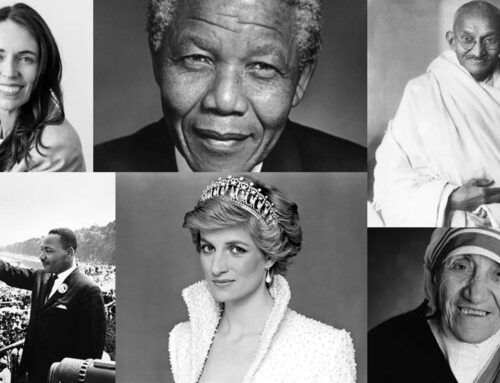
Sometimes when I want to be controversial or stimulate a debate I ask executive teams, ‘why do we want diversity at work?’. I acknowledge it’s very ‘woke’ and politically correct but at this point you can sense a rising tension in the room as people know what they should say but it seems too obvious. Are they being setup? No one wants to speak first. Oh please, let it be the leader who speaks first. The tension builds.
Invariably this leads to a useful conversation about what we mean by diversity and a discussion about inclusion. There is no question, acknowledging and celebrating diversity inside and outside workplaces is critical to a wider, more inclusive, more harmonious collective. However, organisations exist in pursuit of purpose and these other attributes are subordinated to the organisation’s prime objective. In Matthew Syed’s excellent book, Rebel Ideas, he makes the point that for a group to achieve wisdom, it needs wise individuals AND it needs diverse individuals otherwise the group will share the same blind spots. This also explains why groups with diverse views have a distinct advantage in solving complex problems. Cognitive diversity comes to the fore in complex environments – the spaces where most of us work, most of the time.
Like grit in pearls, cognitive diversity can sometimes rub us leaders up the wrong way and our automatic response is to reject what is not normalised. If you work in a complex environment, how can you harness this grit to make the pearl? Try these 5 ideas.
- Actively encourage cognitive diversity – as leaders we must encourage the voices of our diverse networks. Without encouragement and support, diverse voices will be silenced or talked over. The trick is to go out of our way to encourage this type of diversity and then remain open when we hear ideas that don’t naturally correlate with our reality. We can’t only ask ‘what do you think?’ type questions. Being ‘active’ means we search out, encourage, value, and seek to genuinely understand those who think differently to us. This must be leader led or it won’t be sustained.
- Speak last – as leaders we often, and quite accidentally, ‘anchor’ those around us by expressing our views early on. If you are a leader and want to facilitate the diversity of thought amongst your group or team, you must ‘hold fire’ and fight the urge to lead by jumping in the framing the discussion through your lens. One of the ways Group Think develops is by the leader shaping the discussion too early.
- Recognise biases – Nobel Prize winning psychologist Daniel Kahneman in Thinking fast and slow reminds us that each of us has many biases, mostly unconscious. Our biases and those of others affect decision making. It’s imperative as leaders to be aware of our biases and ideally set them aside and remain open to other people’s ideas. This can be easier said than done and begins with awareness.
- Be controversial – why not set the tone and disrupt the normal pattern by? Being a bit controversial or ‘breaking out of the 9 dots’ sets a tone that encourages out of the box thinking. Sometimes taking seemingly extreme positions helps spark new thinking by encouraging others to get outside of their ‘safe space’ ideas. Note to leaders, don’t then say, “that’s a dumb idea” or “that will never work”.
- Take others’ perspectives – perspective taking is a powerful ally in encouraging cognitive diversity. Imagine what those around you might be seeing, hearing, thinking, and feeling. How can you tap their wealth of insights and fasten them into something novel to move your organisation ahead faster?
Cognitive diversity is not just the obvious diversity we see (or not) before us. It’s the stuff we don’t see that is informed by our life experiences, education, culture, and values. It’s not woke, or PC, and is in fact, critical to helping us successfully navigate and capitalise on the complexity of our work environments.
Chris Corneil
BA, MBA, MSc (Coaching Psychology), FAICD


